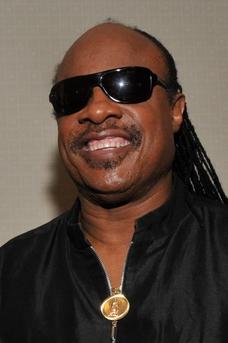 Stevie Wonder, the iconic blind musician, presented the award for Best Song at the Grammy Music Awards this year. When he opened the envelope, he pointed out that the card was written in Braille so that he could read it himself and called for all barriers to be broken down that exclude the visually impaired and people with other disabilities.
Stevie Wonder, the iconic blind musician, presented the award for Best Song at the Grammy Music Awards this year. When he opened the envelope, he pointed out that the card was written in Braille so that he could read it himself and called for all barriers to be broken down that exclude the visually impaired and people with other disabilities.
The video of his presentation can be found through this link.
Learn more about our work in Education and Advocacy
Watch Stevie Wonder’s Braille Joke and Message about Accessibility at the Grammy’s

 When Julie Delillo started work at the Perkins School for the Blind, she wasn’t sure what to expect and how to interact with people who were visually impaired. But she learned quickly thanks to her understanding and helpful colleagues.
When Julie Delillo started work at the Perkins School for the Blind, she wasn’t sure what to expect and how to interact with people who were visually impaired. But she learned quickly thanks to her understanding and helpful colleagues.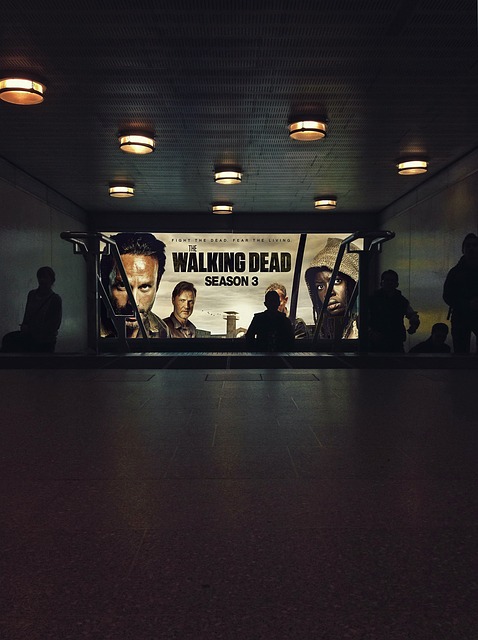 A class action lawsuit has been filed against AMC by several visually impaired Californians. The lawsuit alleges that AMC is violating the Americans with Disabilities Act.
A class action lawsuit has been filed against AMC by several visually impaired Californians. The lawsuit alleges that AMC is violating the Americans with Disabilities Act.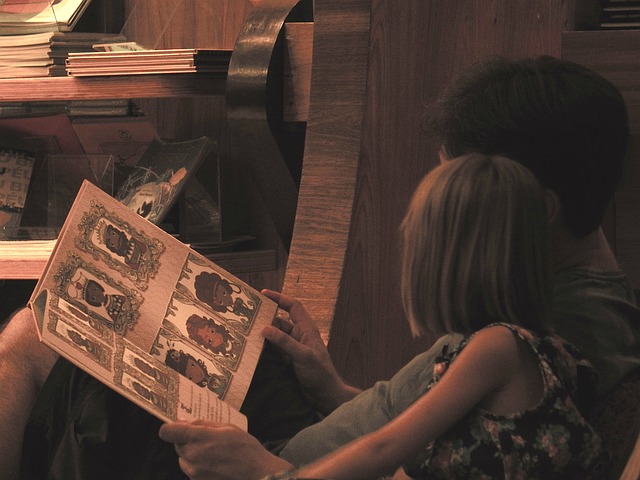 A teacher for young visually impaired children has taken It upon herself to create multisensory books for the kids in her classroom.
A teacher for young visually impaired children has taken It upon herself to create multisensory books for the kids in her classroom. It’s always interesting to read about the basics of scientific research. In
It’s always interesting to read about the basics of scientific research. In 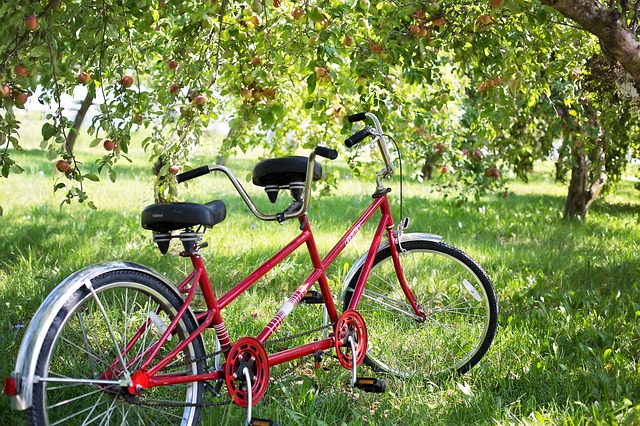 Vision Aware asked a group of blind and visually impaired people what they do to stay fit and active. This article relays their answers.
Vision Aware asked a group of blind and visually impaired people what they do to stay fit and active. This article relays their answers. 3D printing has come a long ways in the last few years. One of the latest assistive devices to come off the 3D printer is Braille and picture books for visually impaired children.
3D printing has come a long ways in the last few years. One of the latest assistive devices to come off the 3D printer is Braille and picture books for visually impaired children.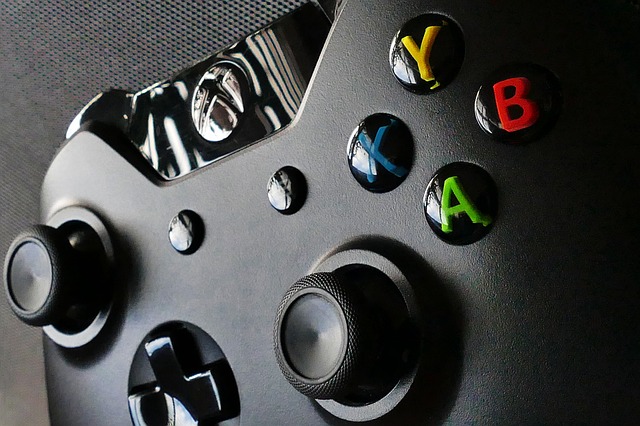 Typically, many people think about only the visual components of video games. But what if you’re visually impaired?
Typically, many people think about only the visual components of video games. But what if you’re visually impaired? Justice Bernstein didn’t let his visual impairment keep him from graduating summa cum laude from the University of Michigan. He didn’t let it keep him from law school either.
Justice Bernstein didn’t let his visual impairment keep him from graduating summa cum laude from the University of Michigan. He didn’t let it keep him from law school either.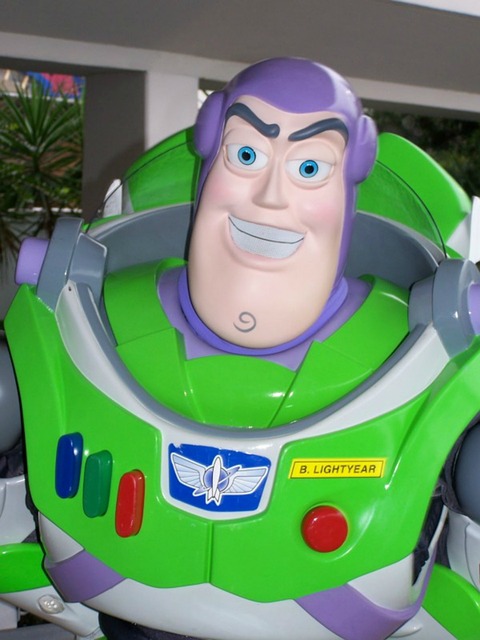 Pixar has recently released a paid app to provide audio descriptions to its movies. Although some theatres have equipment to provide this experience to visually impaired users, many movie goers have had problems with equipment not working or staff being unaware of what is needed.
Pixar has recently released a paid app to provide audio descriptions to its movies. Although some theatres have equipment to provide this experience to visually impaired users, many movie goers have had problems with equipment not working or staff being unaware of what is needed.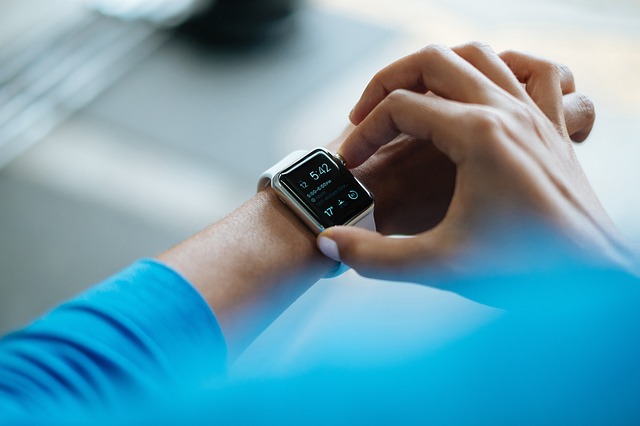 Batsuite, a wearable technology device, allows users to feel their surroundings through sound and vibrations. As a small startup, the founders are passionate about helping people with visual impairments around the world. They are focusing on making their device affordable and reliable in order to help people not only in our country, but also in developing countries around the world where money is a much greater barrier for people living with disabilities.
Batsuite, a wearable technology device, allows users to feel their surroundings through sound and vibrations. As a small startup, the founders are passionate about helping people with visual impairments around the world. They are focusing on making their device affordable and reliable in order to help people not only in our country, but also in developing countries around the world where money is a much greater barrier for people living with disabilities. A recent study interviewed 60 people with visual impairments to ask them about their online experience, focusing mainly on Facebook and social media sites. Many of these sites have a large amount of visual content without accessibility features and the study aimed to highlight the areas where further work could be done to aid those with sight impediments.
A recent study interviewed 60 people with visual impairments to ask them about their online experience, focusing mainly on Facebook and social media sites. Many of these sites have a large amount of visual content without accessibility features and the study aimed to highlight the areas where further work could be done to aid those with sight impediments. Andreas Stefik, an Engineering professor at the University of Nevada, Los Vegas will be honored for furthering computer science during a January 26 ceremony at the White House. His work is far reaching, but among his noted achievements is the establishment of the first national education infrastructure for blind or visually impaired students to learn computer science. His model is currently being used in 20 states as well as overseas.
Andreas Stefik, an Engineering professor at the University of Nevada, Los Vegas will be honored for furthering computer science during a January 26 ceremony at the White House. His work is far reaching, but among his noted achievements is the establishment of the first national education infrastructure for blind or visually impaired students to learn computer science. His model is currently being used in 20 states as well as overseas.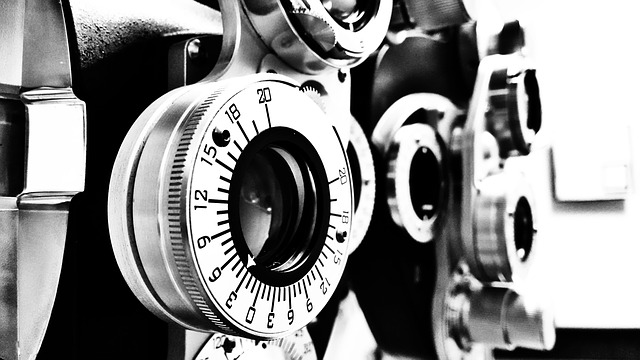 The San Diego County Optometric Society’s January newsletter features an article written by our own Director of Client Services.
The San Diego County Optometric Society’s January newsletter features an article written by our own Director of Client Services. Kathy Beitz was diagnosed with Stargardt disease at the age of 11. Though she still has some vision, she is legally blind and has no sight in the center of her field of vision.
Kathy Beitz was diagnosed with Stargardt disease at the age of 11. Though she still has some vision, she is legally blind and has no sight in the center of her field of vision. As a 12-year old, Alex Deans watched a visually impaired woman struggle to cross the street. Though he didn’t offer assistance at the time, he spent the next 6 years creating a navigation device that would help her and others with similar problems.
As a 12-year old, Alex Deans watched a visually impaired woman struggle to cross the street. Though he didn’t offer assistance at the time, he spent the next 6 years creating a navigation device that would help her and others with similar problems.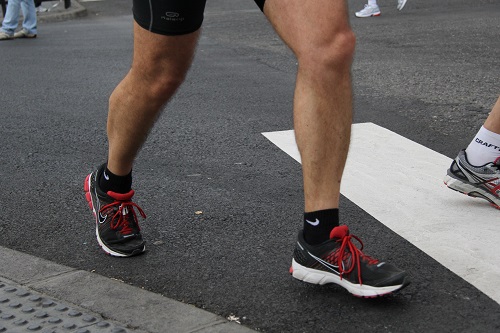 Todd MacAusland decided it was time to get in shape. His short runs on the treadmill soon grew tiring and he decided to try running outdoors. Despite reducing vision, he has run multiple marathons and intends to continue participating in various types of runs around the world.
Todd MacAusland decided it was time to get in shape. His short runs on the treadmill soon grew tiring and he decided to try running outdoors. Despite reducing vision, he has run multiple marathons and intends to continue participating in various types of runs around the world.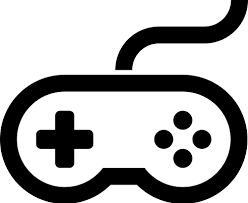 There are video game fanatics worldwide who couldn’t imagine not being able to play. But for people who are visually impaired, gaming hasn’t been a popular past time. But in recent years, some great games have entered the market that are geared to people who have limited or no sight. Some rely on sound, some on verbal cues, but all can be played without sight.
There are video game fanatics worldwide who couldn’t imagine not being able to play. But for people who are visually impaired, gaming hasn’t been a popular past time. But in recent years, some great games have entered the market that are geared to people who have limited or no sight. Some rely on sound, some on verbal cues, but all can be played without sight.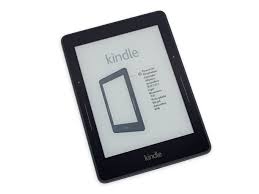 Scientists at the University of Michigan are working to create a Kindle-style tablet with refreshable Braille. The tactile display, or refreshable Braille as it is known, already exists, but can only display one line of text at a time. The current devices are extremely expensive and not user friendly.
Scientists at the University of Michigan are working to create a Kindle-style tablet with refreshable Braille. The tactile display, or refreshable Braille as it is known, already exists, but can only display one line of text at a time. The current devices are extremely expensive and not user friendly.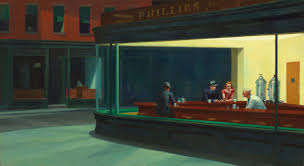 Blind and visually impaired art lovers now have another chance to experience art. The Amon Carter Museum of American Art, in Fort Worth is hosting special days where people who cannot normally enjoy visual art will participate in a different style of viewing.
Blind and visually impaired art lovers now have another chance to experience art. The Amon Carter Museum of American Art, in Fort Worth is hosting special days where people who cannot normally enjoy visual art will participate in a different style of viewing.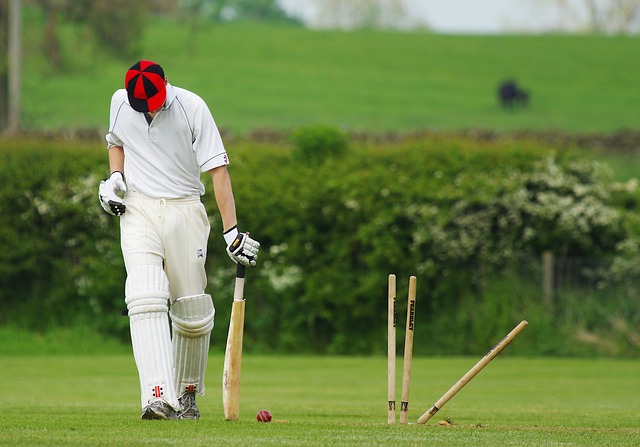 Dean du Plessis uses the sounds of the cricket game to know what’s happening and even more impressive, he is able to accurately describe what is happening. He currently works part time as a cricket commentator in Zimbabwe, his home country, and hopes to soon be a commentator full time.
Dean du Plessis uses the sounds of the cricket game to know what’s happening and even more impressive, he is able to accurately describe what is happening. He currently works part time as a cricket commentator in Zimbabwe, his home country, and hopes to soon be a commentator full time. Guide dogs alert their handler to stairs, curbs and obstacles in their path. White canes help with the same. But there can still sometimes be problems with low hanging branches and other obstacles at shoulder and head height.
Guide dogs alert their handler to stairs, curbs and obstacles in their path. White canes help with the same. But there can still sometimes be problems with low hanging branches and other obstacles at shoulder and head height. Kelly Gallagher lives with oculucutaneous albinism, a visual impairment that affects how light is transmitted to the eye due to a lack of pigmentation. But this didn’t stop her from skiing as a child and learning to love the sport. And it certainly didn’t stop her from winning gold in the winter Paralympics.
Kelly Gallagher lives with oculucutaneous albinism, a visual impairment that affects how light is transmitted to the eye due to a lack of pigmentation. But this didn’t stop her from skiing as a child and learning to love the sport. And it certainly didn’t stop her from winning gold in the winter Paralympics.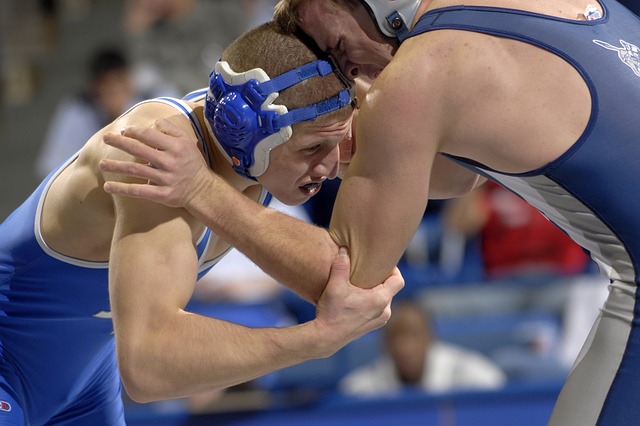 Legally blind since the age of 18, Clinton Davies has been wrestling and practicing jiu-jitsu since he was a teenager. He has competed in sighted tournaments though he qualifies for para status.
Legally blind since the age of 18, Clinton Davies has been wrestling and practicing jiu-jitsu since he was a teenager. He has competed in sighted tournaments though he qualifies for para status.